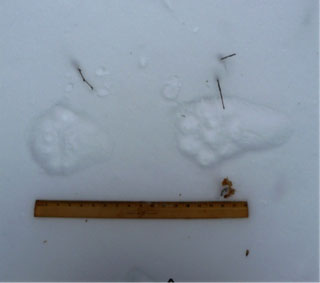 There are lynx sightings in Vermont and a new bobcat management plan in New York.
There are lynx sightings in Vermont and a new bobcat management plan in New York.
In New York, the bobcat management plan offers a road map for managing the species over the next five years. Bobcat numbers in the state are up, the report says:
All indications, including harvest trends, suggest that bobcats have increased in abundance here and in surrounding states, and observations have become more common in recent years. Based on analysis of harvest data, we estimate New York’s bobcat population to be approximately 5,000 animals in areas where regulated hunting and trapping seasons have been in place since the 1970s. Estimates are not available for populations expanding into western and central New York.
Because of this, the plan includes opening some new areas of the state to bobcat hunting and changing the bobcat hunting season in other areas for the sake of consistency. The report also mentions investigating the possibility of reestablishing bobcats on Long Island, in the urban southeast corner of the state.
In Vermont, it’s the rural northwest corner of the state that is seeing an increase of lynx sightings, according to the blog of the US Fish and Wildlife Service’s Northeast Ecological Services.
A total of eight lynx track intercepts were recorded during two survey efforts in February and March. The track patterns and genetic analysis indicated three to five distinct individuals, some of which were traveling together.
The animals traveling together were likely a mother and her young, the blog says, which suggests a breeding population in the area.
Read the entire blog post, here.
Photo: Lynx track, courtesy Vermont Fish and Wildlife Department

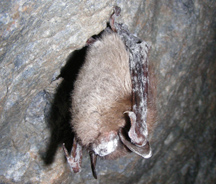
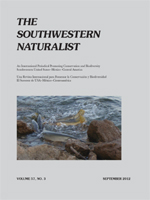
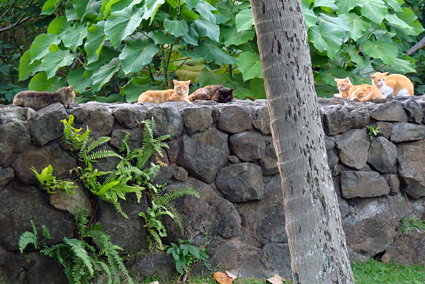 When it comes to feral cat colonies versus bird conservation, there is not a lot of middle ground, reports a new study in
When it comes to feral cat colonies versus bird conservation, there is not a lot of middle ground, reports a new study in 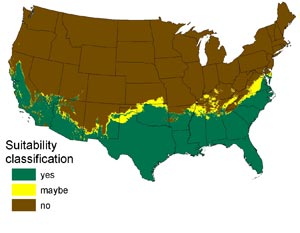 In 2008 the US Geological Survey published a report that said that the entire southern third of the United States could provide habitat for the invasive Burmese python that has been roiling the Florida Everglades ecoystem.
In 2008 the US Geological Survey published a report that said that the entire southern third of the United States could provide habitat for the invasive Burmese python that has been roiling the Florida Everglades ecoystem.